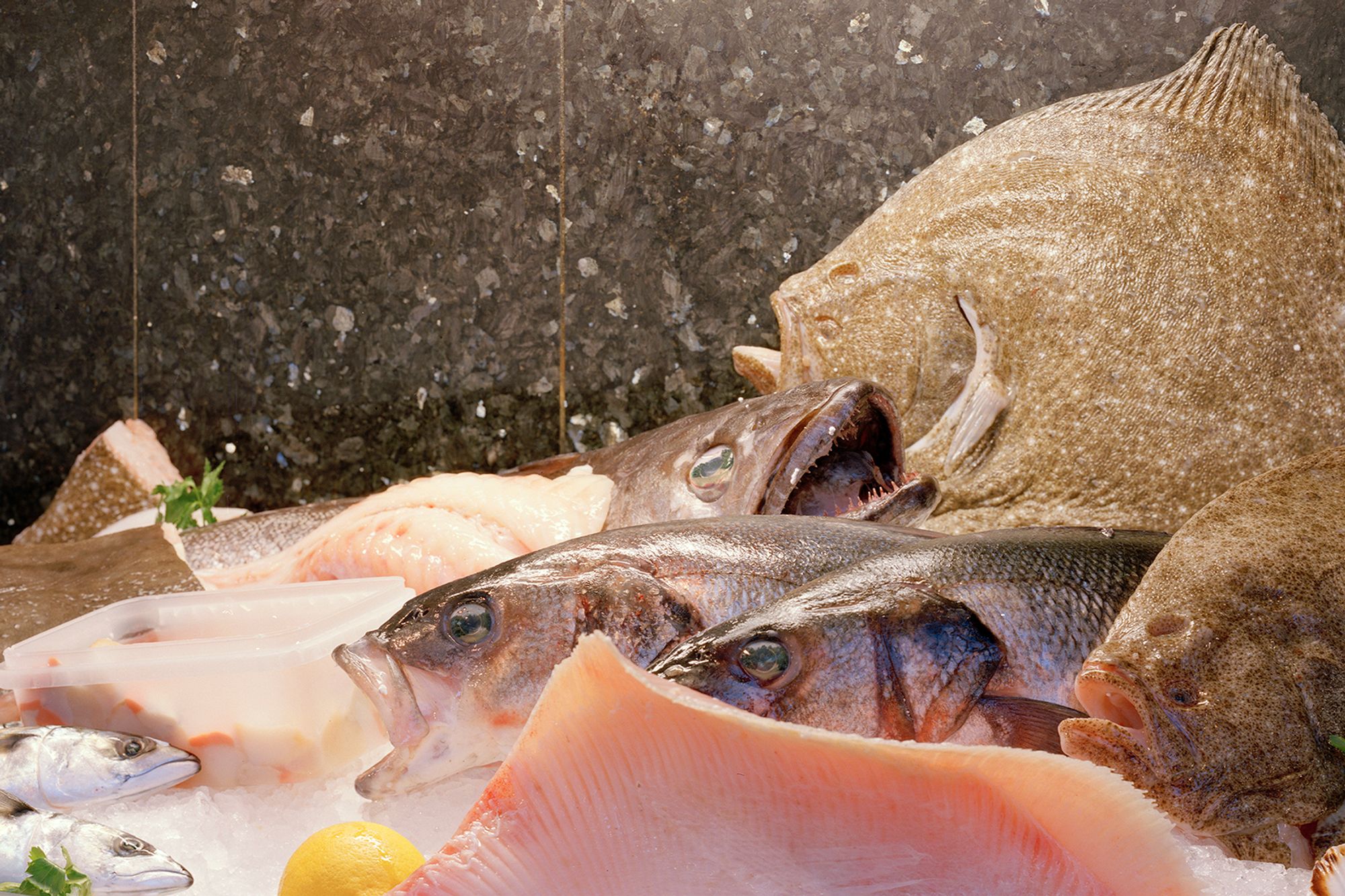At first glance, I am a young Muslim woman from a small town studying in London. Beneath the surface, however, my life is more complicated. I am a daughter of the most prominent and powerful politician in Nigeria. My personal life is dictated by expectations and responsibilities unique to my family’s position and completely alien to my peers. I live in the space between restriction and freedom: in London, I am a foreigner, yet anonymity allows me to do as I please. In Nigeria, I am comfortably at home, yet my movements are bound by protocols. This existence fuels my passion for my art: it is my freedom, my only real form of expression.
Aisha Hanan Buhari
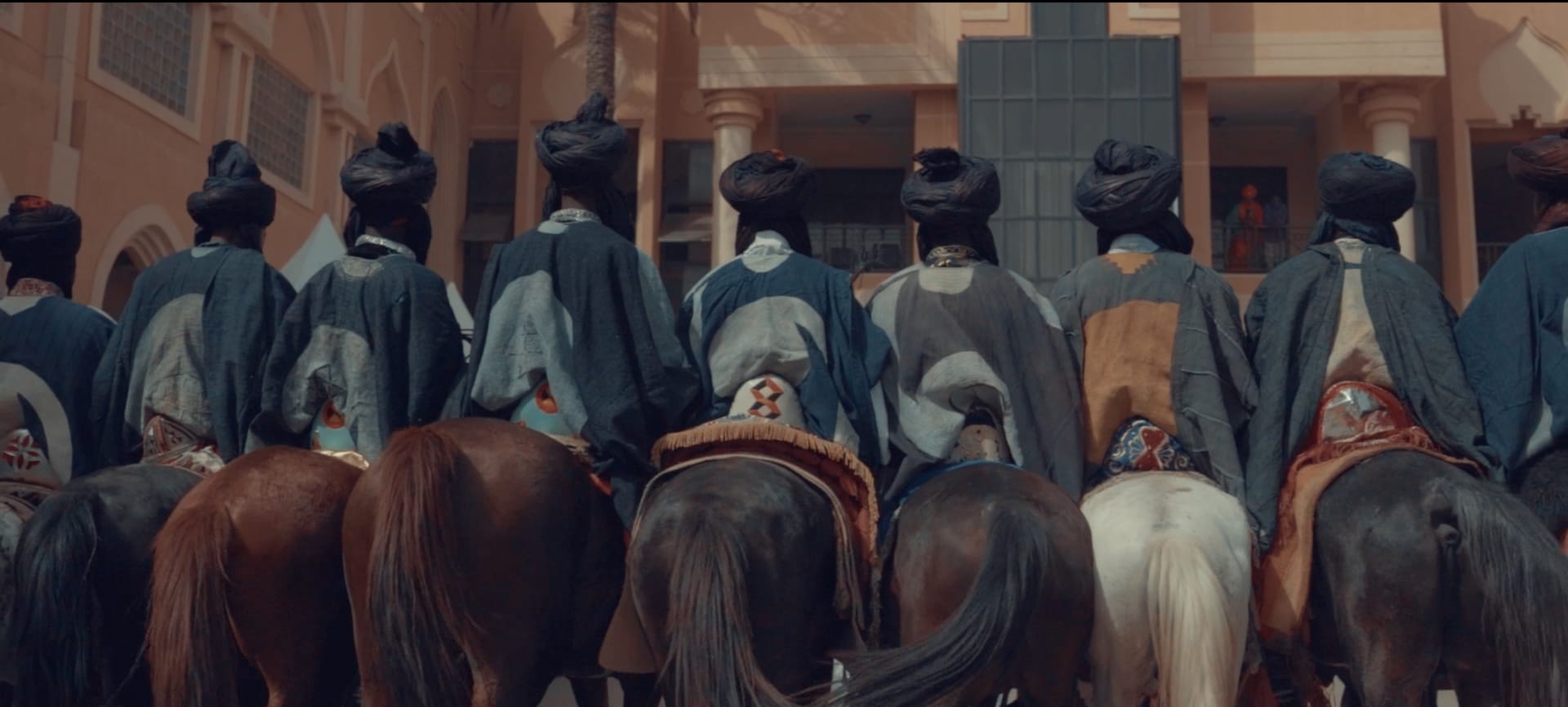
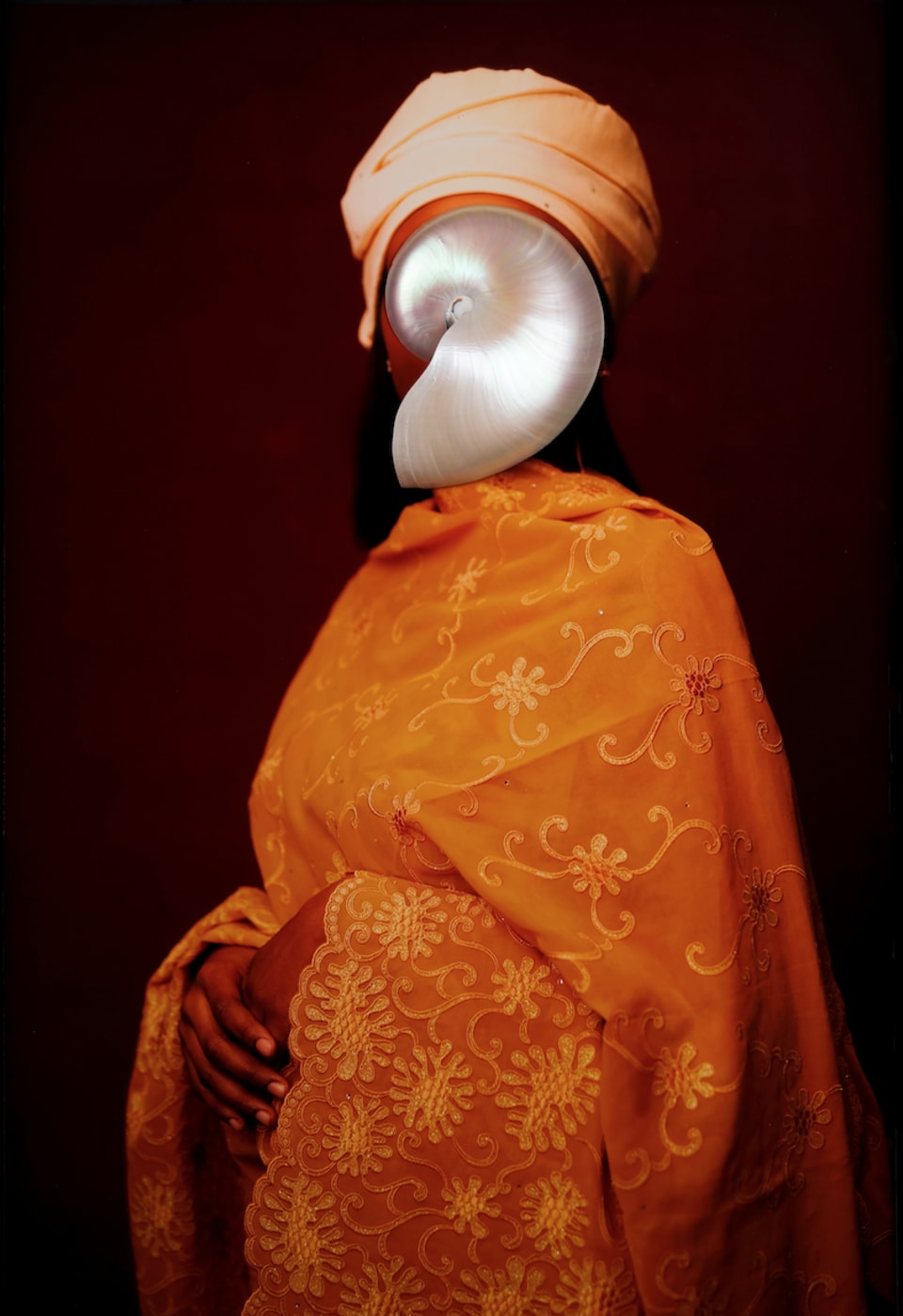
My work addresses themes of freedom, secrecy, identity, pride, and the unseen beauty of my culture. My background plays a significant part in my work. I am Fulani, one of Nigeria’s many tribes, and this identity persistently shines through in my photographs. At times they can seem mysterious or cryptic, as they often represent layers of emotion and unique life experiences.
Unfortunately, in my country it is often still frowned upon for a young woman to choose art as a full-time career. However, I have recently discovered that my publicly doing so has inspired others to do the same. Therefore, one of the long-term goals for my work is to first and foremost be a source of inspiration for others, especially young Nigerian women. I want my work to boost their confidence in pursuing their real selves and true passions, regardless of what others expect of them.

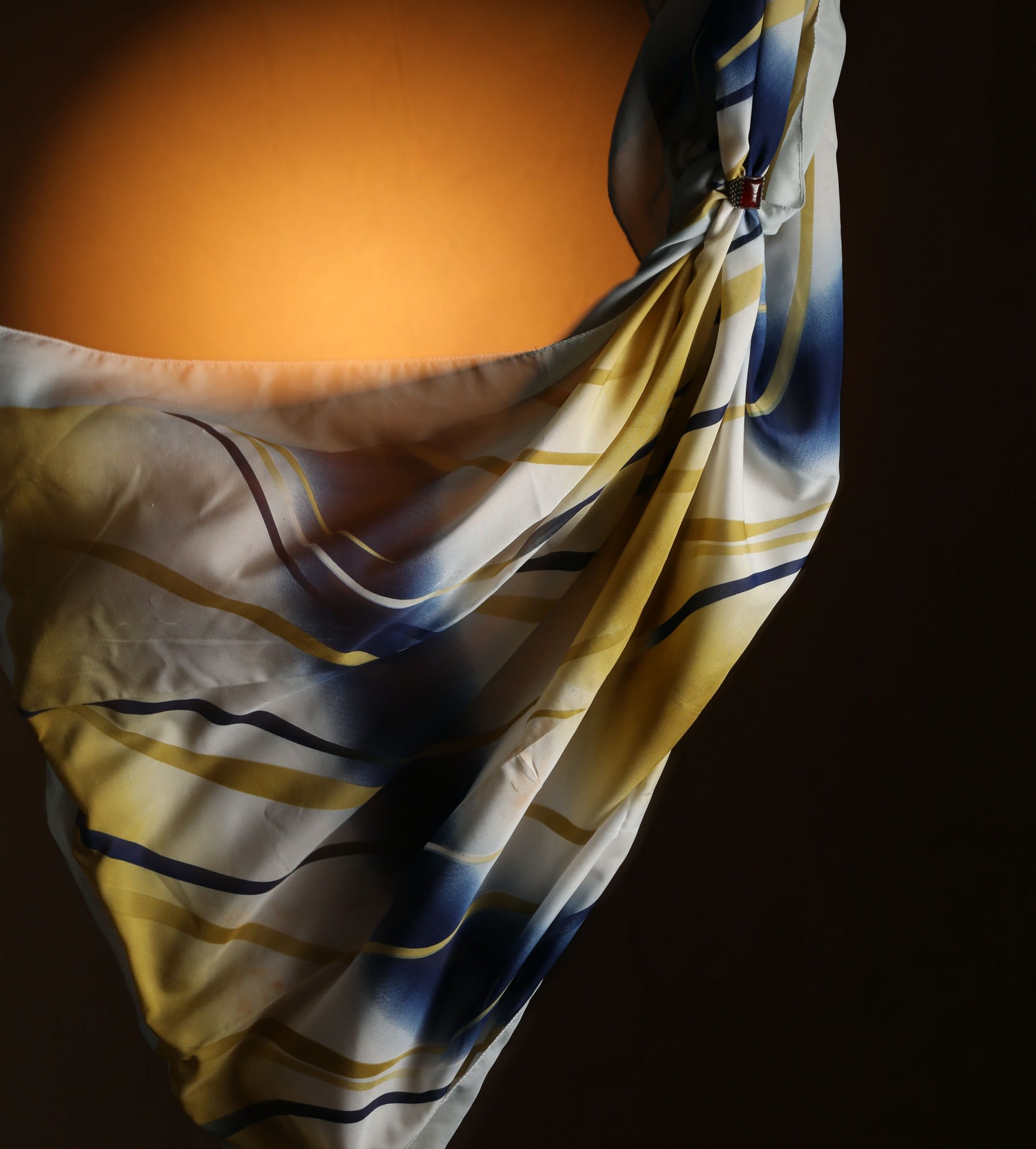
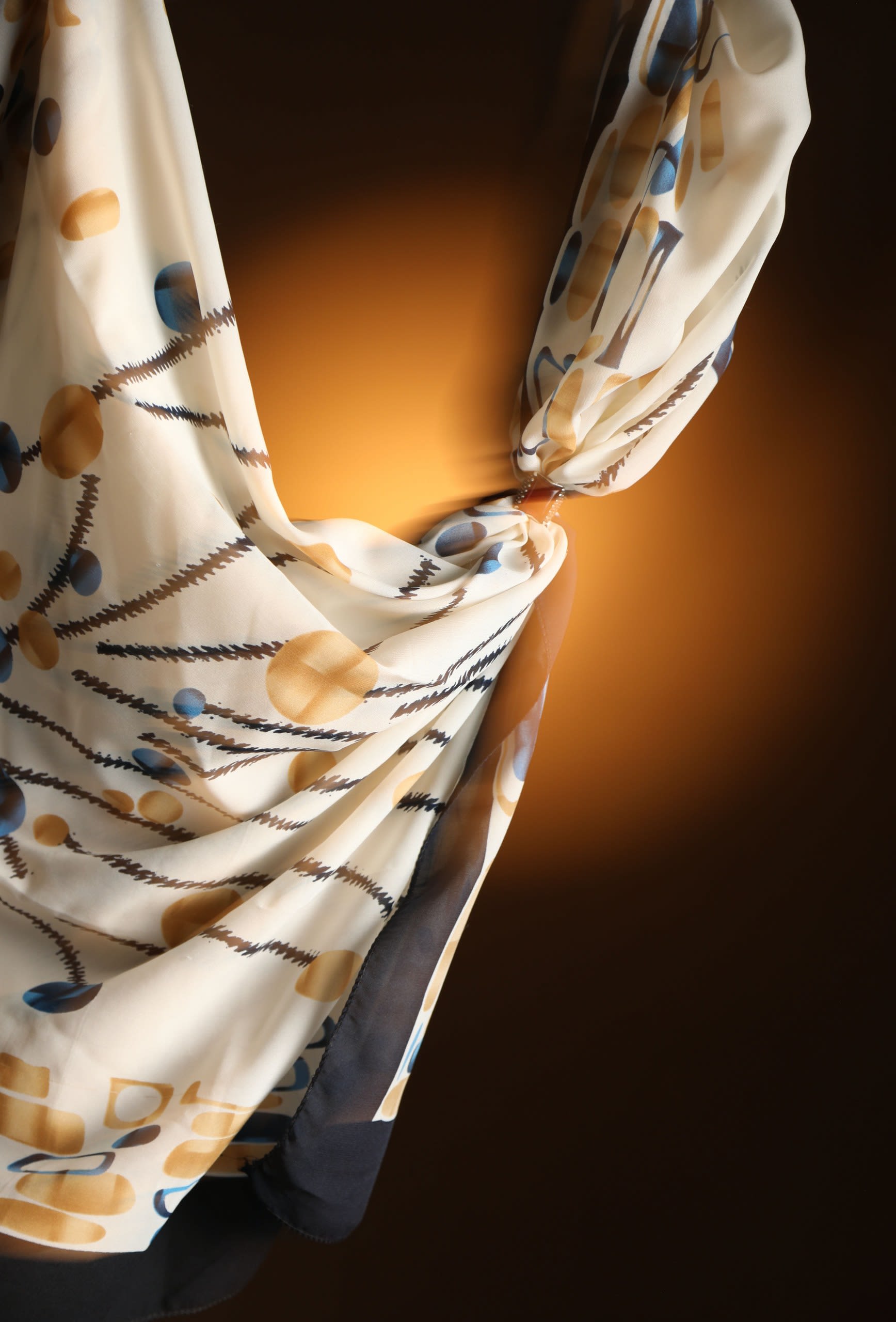

After the passing of my grandmother earlier this year, I was given her scarfs, which became central to my second photographic series. While photography helps me to depict the scarfs in various ways for the viewer to see, I cannot ignore the fact that touch, too, has become a crucial element of my work. With sight, I have a visual imprint of the scarf as a material object, but as my fingertips touch and hold the scarfs, different emotions linked to my grandmother’s passing are foregrounded: grief, sadness, but also joy.
Seeing and touching are two distinct sensory modes, but their differences extend beyond their perceptual functions: sight and touch are different ways of knowing. To see means to understand and to touch relates to being emotionally affected. While sight is linked to comprehension, rationality and the brain, touch is connected to emotion and the heart. I see the scarfs in the photograph, but I can also touch their soft texture in front of me. Sight and touch complement one another, they are in dialogue. Touching the scarfs triggers visual imagery, while sight contains haptic information and haptic memory about the scarfs. I aimed to bring these two senses together and convey ways of sensing, knowing and feeling through a series of photographs.
In order to convey these complex and interwoven feelings and sensory modes through photography, I used a warm light to communicate them. As Junko Theresa Mikuriya proposes in her book A History of Light: The Idea of Photography: rather than considering photography as “nothing more than a system of visual representation”, Mikuriya thinks about photography in terms of the “evoking of light”. I therefore sought to include light as a form of communication in my series.
Boro - Bag
Halagaré - Ring
Yoftu - Let go
Size:
Title: Boro (841 x 594 mm, c-type print)

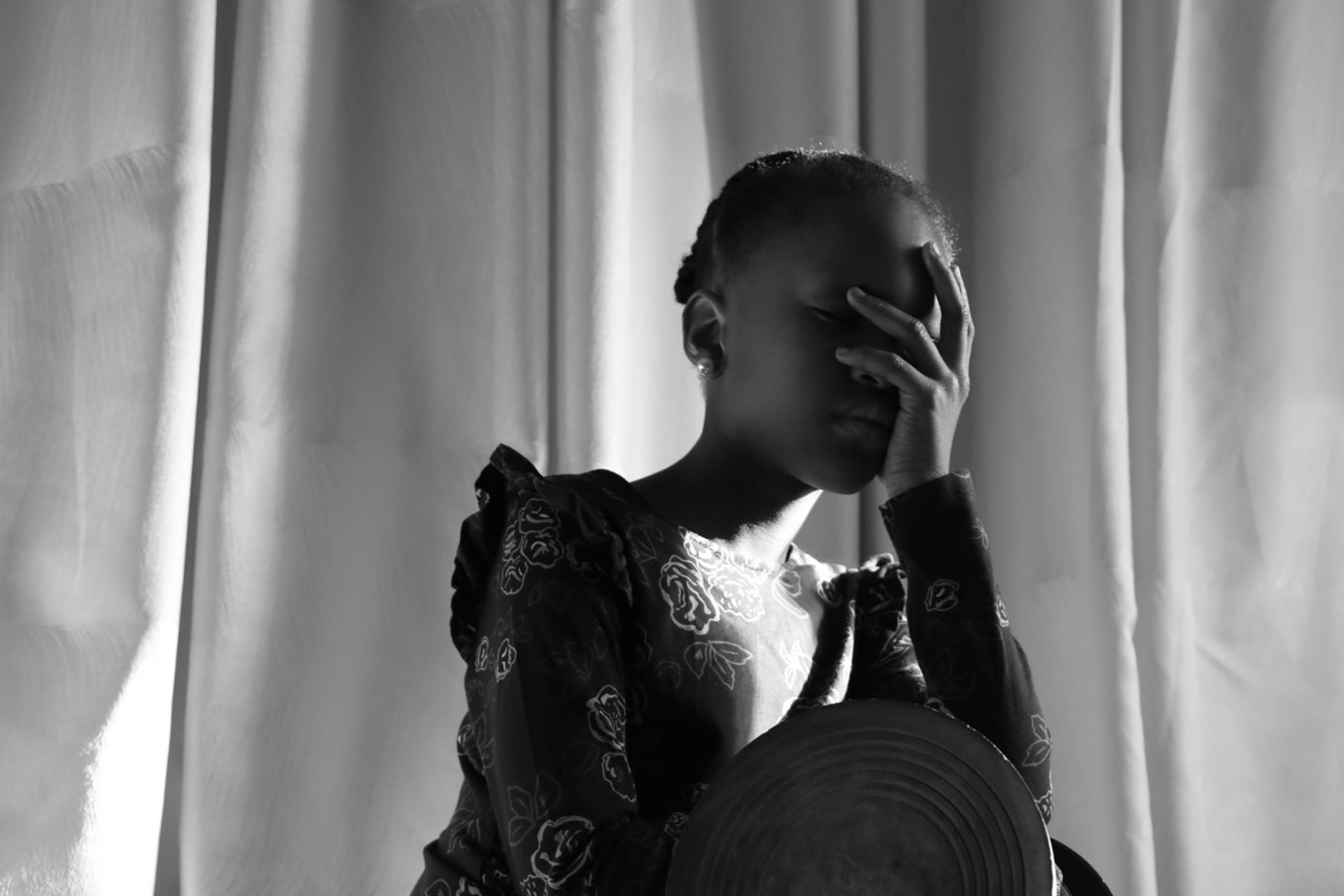
For the Fulani People in Nigeria and Western Africa, hiding one’s emotions signifies strength. They say a ‘strong’ person shows little to no emotions. Conversely, openly expressing one’s emotions without feeling ashamed or embarrassed is deemed as a sign of weakness. That is not to say that the Fulani People are not capable of expressing their emotions. It is merely to assert that emotional repression is part of their identity as a People, and the fact that emotions like joy, sadness, fear and shame are largely repressed in order to appear strong. This phenomenon has always puzzled me, and I often wondered how widespread it was across other cultures and societies.
I produced work that visually communicates my own perspective on growing up with this experience, by emphasising photography as a social rather than solitary process. I wanted to test the collaborative and dialogical qualities of photography and explore how I could convey dialogue and expression through the photographic image. Photographs hardly offer clarifications of the underlying complexities of a situation or phenomenon, neither do they provide what the resolution to a particular problem might be. However, as I aim to explore through my work, I believe photographs often have the potential to provide an emotional and intuitive association with specific situations and experiences.
Korwal - Chair
Mordi - Braiding
Hala - Discuss/Talk
Size:
841 x 594 mm, c-type printHorses have been central to humans, shaping their lives for thousands of years, using them, for example, as herding, warfare and transportation. The central role of the horse in Nigeria is particularly symbolised in the Coat of Arms, which developed my interest in exploring the role of the horse as a symbol and as leisure in Nigerian culture. This video art piece I believe successfully exhibits and expresses the way horses are undoubtedly part of the northern Nigerian culture and its people.
Photographs of horses both invite the viewer to look at the visual representation of the horses, but they can also produce an affective response in the viewer. Writing about the affective potential of animals in film, Jonathan Burt claims, “The position of the animal as a visual object is a key component in the structuring of human responses towards animals generally, particularly emotional responses” (2002: 13). Unlike the visual representations of humans in photographs, looking at horses (and animals more broadly), requires a more social and cultural reading to engage with the horse and its visual representation.
Takiyaré doesn't have a direct meaning in english. However, the definition is demonstrated in the video by the horses and the way that the move their legs.
(Video art piece was shot in Royal Palace, Bauchi State, Nigeria.)
